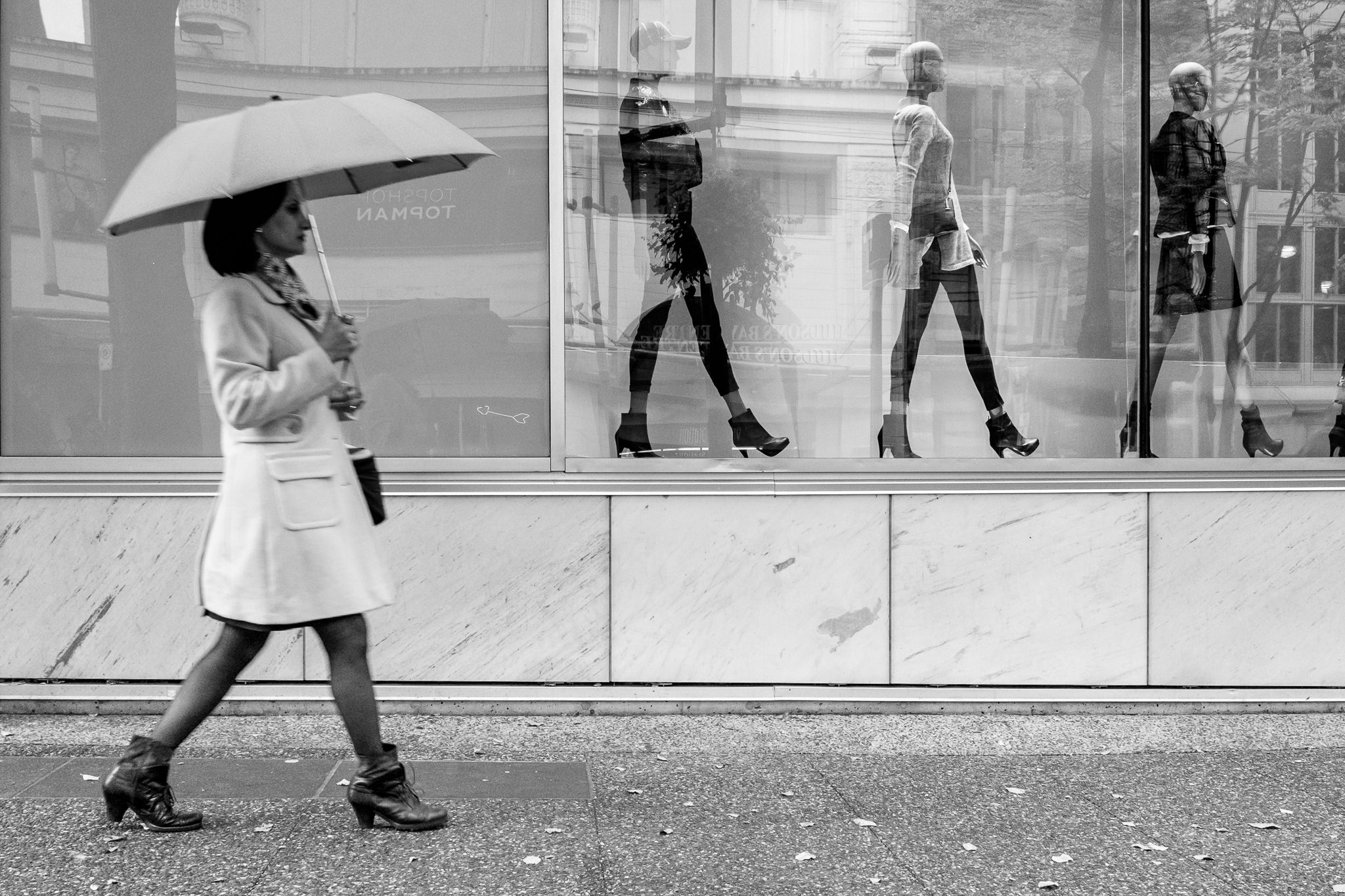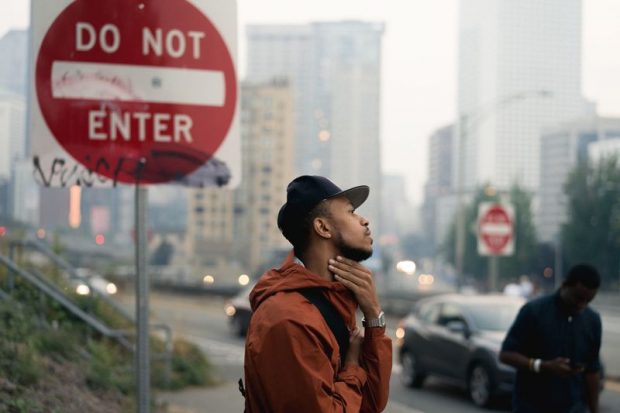Rumored Buzz on Framing Streets
Rumored Buzz on Framing Streets
Blog Article
Some Known Details About Framing Streets
Table of ContentsHow Framing Streets can Save You Time, Stress, and Money.What Does Framing Streets Mean?Getting The Framing Streets To WorkFraming Streets Fundamentals ExplainedSome Known Details About Framing Streets The Definitive Guide for Framing Streets
Photography genre "Crufts Pet dog Program 1968" by Tony Ray-Jones Road digital photography (additionally in some cases called candid digital photography) is photography performed for art or questions that includes unmediated possibility experiences and arbitrary incidents within public locations, normally with the objective of capturing photos at a definitive or emotional minute by mindful framing and timing. 
Facts About Framing Streets Revealed
Susan Sontag, 1977 Street digital photography can focus on individuals and their habits in public. In this regard, the street professional photographer resembles social docudrama professional photographers or photojournalists who likewise work in public locations, yet with the aim of recording relevant occasions. Any of these photographers' photos might record people and residential property visible within or from public locations, which commonly requires browsing moral issues and regulations of personal privacy, security, and home.
Depictions of day-to-day public life form a category in virtually every period of world art, starting in the pre-historic, Sumerian, Egyptian and very early Buddhist art periods. Art dealing with the life of the road, whether within sights of cityscapes, or as the dominant motif, shows up in the West in the canon of the Northern Renaissance, Baroque, Rococo, of Romanticism, Realistic look, Impressionism and Post-Impressionism.
Get This Report on Framing Streets
Louis Daguerre: "Boulevard du Temple" (1838 or 1839) In 1838 or 1839 the very first photo of numbers in the road was taped by Louis-Jacques-Mand Daguerre in among a pair of daguerreotype sights drawn from his studio home window of the Blvd du Holy place in Paris. The second, made at the height of the day, reveals an uninhabited stretch of street, while the various other was taken at concerning 8:00 am, and as Beaumont Newhall records, "The Blvd, so frequently full of a moving throng of pedestrians and carriages was flawlessly solitary, except an individual that was having his boots brushed.
As a result his boots and legs were well defined, however he is without body or head, due to the fact that these remained in movement." Charles Ngre, waterseller Charles Ngre. https://framing-streets-44888302.hubspotpagebuilder.com/framingstreets1/framing-streets-capturing-life-through-street-photography was the first photographer to acquire the technological elegance required to register individuals in activity on the street in Paris in 1851. Photographer John Thomson, a Scotsman dealing with reporter and social lobbyist Adolphe Smith, released Street Life in London in twelve month-to-month installations beginning in February 1877
Getting The Framing Streets To Work
Eugene Atget is regarded as a progenitor, not since he was the very first of his kind, but as an outcome of the popularisation in the late 1920s of his document of Parisian streets by Berenice Abbott, who was influenced to carry out a comparable documents of New york city City. [] As the city established, Atget aided to advertise Parisian streets as a worthwhile subject for photography.

The Buzz on Framing Streets
In between 1946 and 1957 Le Groupe des XV each year exhibited job of this kind. Andre Kertesz. Circus, Budapest, 19 May 1920 Road photography created the significant web content of 2 events at the Museum of Modern Art (Mo, MA) in New More Help York curated by Edward Steichen, 5 French Digital Photographers: Brassai; Cartier-Bresson, Doisneau, Ronis, Izis in 1951 to 1952, and Post-war European Photography in 1953, which exported the concept of street digital photography globally.

4 Easy Facts About Framing Streets Described
, then an educator of young kids, associated with Evans in 193839.'s 1958 book,, was substantial; raw and often out of emphasis, Frank's pictures examined conventional photography of the time, "tested all the formal rules laid down by Henri Cartier-Bresson and Walker Evans" and "flew in the face of the wholesome pictorialism and heartfelt photojournalism of American magazines like LIFE and Time".
Report this page